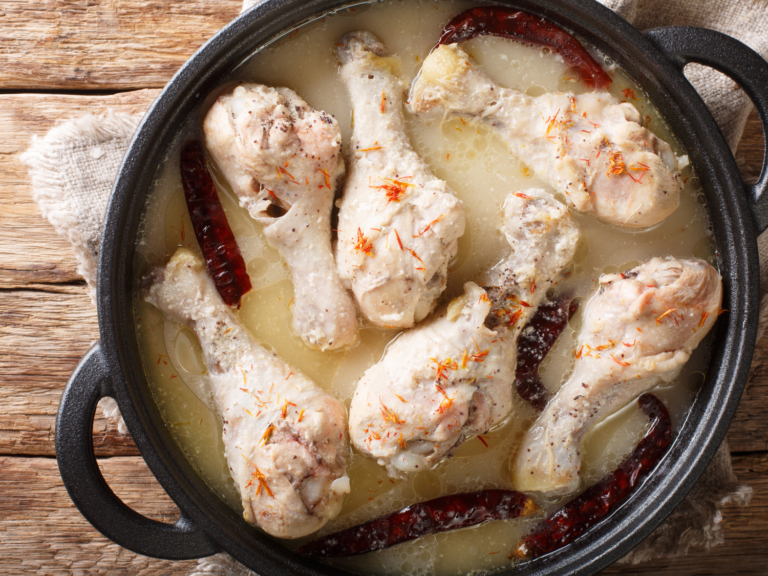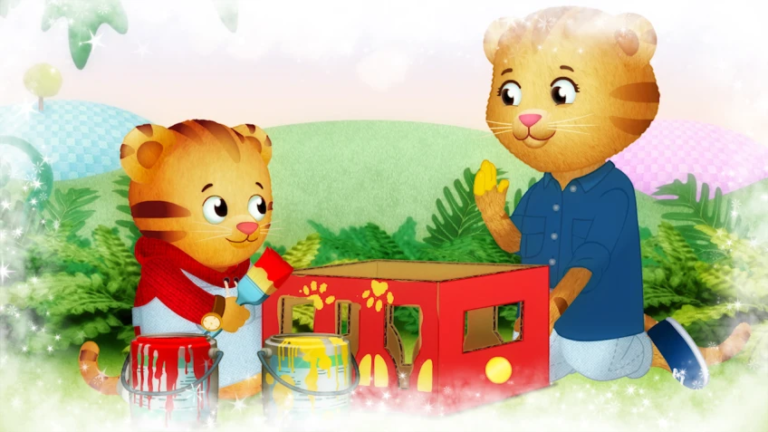3 Fun Ways to Build Science Skills in the Summer
This week we’re focusing on science inquiry, exploring and experimenting! We put together a collection of science activities that will allow children to think creatively, make predictions and practice hands-on learning right at home. Most of these activities can easily be done with materials you probably already have around the house.
Make Delicious Ice Cream in a Bag
Did you know that making ice cream is very easy? You don’t need an ice cream maker or any fancy cooking gadgets for this one. You’ll need a couple of plastic storage bags, half-and-half, sugar, vanilla extract, kosher salt and lots of ice cubes. Don’t forget the toppings! We recommend chocolate syrup, rainbow sprinkles or even mini M&M’s.
Delish provides an easy ice cream in a bag recipe and short how-to video clip. Mix half-and-half, sugar and vanilla into a small resealable plastic bag and squeeze out as much air as possible. In another larger bag, combine the ice and salt. Put the small bag into the larger bag and shake it up for 10 minutes, until the ice cream has hardened. Add your toppings and your ice cream is ready to eat!
While you’re enjoying your ice cream, talk about the science behind your delicious treat. The salt added to the ice lowers the melting point of the ice. In order for the ice to melt, it must absorb heat from its surroundings (the ice cream in the bag). As the ice pulls heat away from the ice cream, it allows the ice cream to freeze from a liquid into a solid state.
Given what we now know about the role of salt in making ice cream, start a discussion about what would happen if you forgot the salt. How would the texture of the ice cream be affected? Hint: You may end up with a milkshake instead of a creamy scoop!
Depending on how fast you eat your ice cream, it may start melting! Talk about how in a relatively short amount of time, the mixture went from being a liquid, to a solid and then back again to a liquid state. Where could you put your ice cream so that it wouldn’t melt as quickly? Where could you put it to make it melt even faster?
Create a Raining Cloud With Shaving Cream
 We’re certainly not seeing much rain in Southern California these days (the weather is more suitable for making and flying a kite), but that won’t stop us from recreating rain clouds at home! You can find the full description and instructions for how to make rain clouds from shaving cream from Alice & Lois. Using shaving cream and blue food coloring, you will learn how clouds hold invisible water vapors that turn into rain when warm and cool air condenses the water vapors into rain. Clouds can only hold so much water vapor before they become too heavy and “drop” the rain.
We’re certainly not seeing much rain in Southern California these days (the weather is more suitable for making and flying a kite), but that won’t stop us from recreating rain clouds at home! You can find the full description and instructions for how to make rain clouds from shaving cream from Alice & Lois. Using shaving cream and blue food coloring, you will learn how clouds hold invisible water vapors that turn into rain when warm and cool air condenses the water vapors into rain. Clouds can only hold so much water vapor before they become too heavy and “drop” the rain.
Here’s what you do: Fill up a large glass or vase ¾ full of water. Dispense lots of white foamy shaving cream onto the top of the water, well above the height of the vase. This is the cloud! In a separate bowl, mix together water and blue food coloring. Before you begin adding the water to the cloud, talk about what you think will happen. Make predictions about how many drops of water the cloud can hold before it starts raining.
Using a dropper (or spoon), start adding drops of “rain” to the “cloud.” Keep adding until you see the cloud burst into the vase, raining down drops of blue. Afterward, talk about what happened. How does this compare to what happens to real clouds outside? What else occurs during a rainstorm?
If you want more activities that bring winter to Southern California, check out “Six Quick and Easy Kids Experiments with Wintry Ice.”
Test Your Hypothesis by Mixing Drops of Colors

A hypothesis is an idea you can test. First, watch “A Colorful Hypothesis” from “Dinosaur Train,” which explains the definition of a hypothesis. Then, introduce the concept of hypothesis testing by making predictions about mixing drops of food coloring to make new colors.
For this activity, you will need the Dinosaur Colorful Hypothesis Observation Chart, three different colors of food coloring, six clear cups or jars of water, eye droppers or small spoons, markers or crayons. Add enough drops of one color to three of the water cups so that you have one cup filled with red water, the second filled with yellow water, and the third filled with blue water. Leave the remaining three cups with clear water because this will be where you run your mixing tests.
Talk about how a hypothesis is like making a prediction about what will happen — and that it can sometimes be wrong or sometimes be right. Using your markers or crayons, make a few hypotheses on your chart about what color will form when you mix two different colors together (e.g., two drops of red with three drops of blue). The first row of the chart shows an example.
Next, start experimenting and testing your predictions. Use your chart to keep track of the colors you make. Did anything surprise you? Were your predictions correct? If any of your hypotheses were incorrect, don’t worry! The point of experimenting is to have fun and learn something new.




